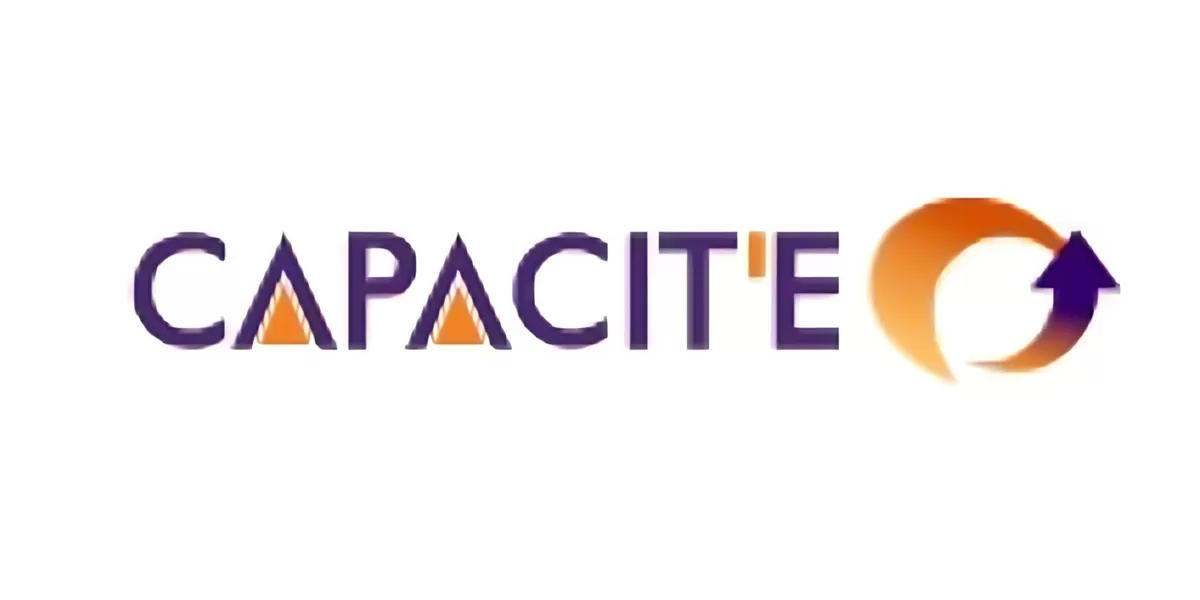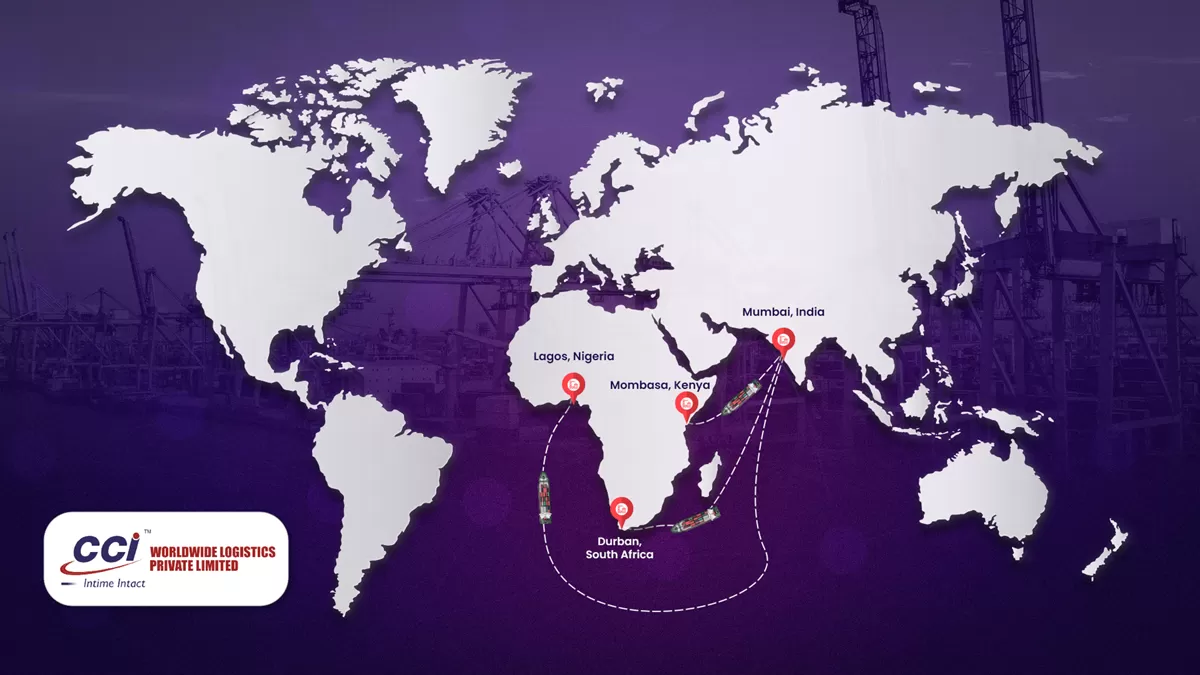
Capacit’e Infraprojects Wins Rs 6.21 billion order from Saifee Burhani Upliftment Trust
Capacit’e Infraprojects has secured a Letter of Intent (LOI) worth Rs 6.21 billion (excluding GST) from Saifee Burhani Upliftment Trust (SBUT) for the execution of core and shell works, finishing, MEPF services, and other associated components of the redevelopment project—Sector 07 of the Saifee Burhani Upliftment Project—located at Ward ‘C’, Bhendi Bazaar, Mumbai. This is the third repeat order from SBUT to Capacit’e Infraprojects, underscoring the trust and satisfaction of a long-standing client in the company’s project delivery capabilities. Commenting on the develop..

K Raheja Corp's Volunteering Drive Brings Back-to-School Cheer for Underprivileged Kids
Real estate major K Raheja Corp concluded its latest community initiative under the ‘Time Off for Volunteering’ programme, titled Paint a Pair, Show You Care. Held in association with NGO ConnectFor, the campaign was part of a larger 'Back to School' drive aimed at supporting underprivileged students from the Jhanvi Charitable Trust. More than 45 employees from across group companies—Mindspace Business Parks, Chalet Hotels Ltd., K Raheja Corp Homes, and Inorbit Malls—came together to hand-paint over 60 pairs of canvas shoes for children preparing to return to school. Volunteers al..

CCI Worldwide Logistics Launches ‘Trans Africa’ Freight Service
CCI Worldwide Logistics, the international freight forwarding arm of the CCI Group, has launched ‘Trans Africa’—a technology-led logistics platform aimed at streamlining cross-border trade across Africa. The company is investing Rs 1.06 billion in the initiative, targeting an annual freight volume of 5,000 TEUs by air and sea, with an estimated 15 per cent return on investment. The service is being rolled out in key markets such as Nigeria, Kenya, South Africa, Ghana, and Egypt, with planned expansion into Francophone West Africa, Central Africa, and landlocked nations including Uga..














